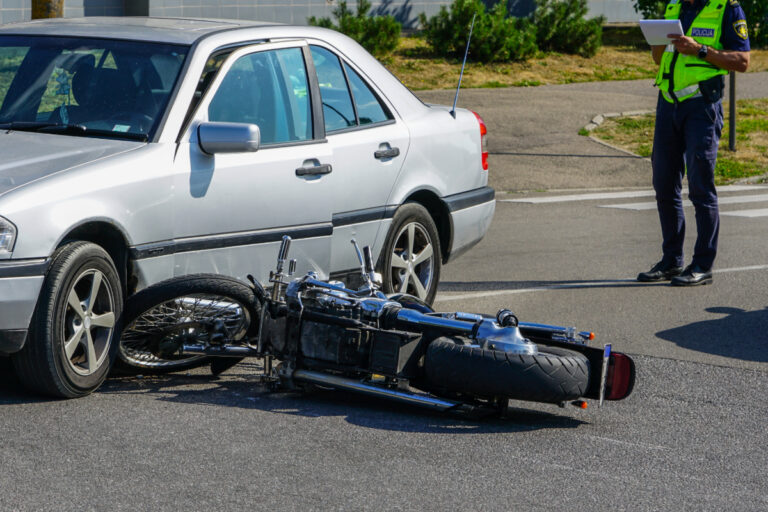
PARA LEER LA VERSIÓN EN ESPAÑOL, HAGA CLIC AQUÍ
Washington (DC).- The National Highway Traffic Safety Administration (NHTSA), part of the U.S. Department of Transportation, has issued a strong public appeal urging all drivers to adopt safer driving habits to prevent motorcycle-related deaths. This warning comes as part of Motorcycle Safety Awareness Month, following newly released data that reveals motorcycle riders were nearly 28 times more likely to die in a traffic crash than passenger car occupants in 2023.
According to NHTSA, the fatality rate for motorcyclists reached 31.39 deaths per 100 million vehicle miles traveled last year. In contrast, the rate for passenger vehicle occupants stood at just 1.13 deaths per 100 million miles—highlighting a significant disparity in roadway risk. In total, 6,335 motorcyclists lost their lives in crashes in 2023, accounting for 15% of all traffic fatalities and marking a 1.3% increase compared to 2022. Meanwhile, the estimated number of injured motorcyclists slightly declined to 82,564—a 0.2% drop from the previous year.
A particularly alarming trend was observed among younger riders aged 15 to 20. Deaths in this group surged by 44%, increasing from 350 in 2022 to 505 in 2023. These figures underscore the pressing need for improved rider education and stronger enforcement of road safety measures for youth.
“There are still far too many motorcyclists dying or being injured in traffic crashes across the United States,” said Peter Simshauser, NHTSA’s General Counsel. “These tragedies are preventable, and it’s vital that both drivers and riders pay close attention to their driving habits and to each other on the road.” Throughout the month of May, the agency is stepping up efforts to educate the public on motorcycle safety and the importance of sharing the road.
Alcohol impairment continues to be a major factor in fatal motorcycle crashes. While the number of alcohol-impaired motorcyclists involved in deadly crashes fell by nearly 6%—from 1,772 in 2022 to 1,668 in 2023—alcohol remains a critical concern. In 2023, 41% of motorcyclists killed in single-vehicle crashes were under the influence of alcohol at the time of the crash.
Helmet use remains a cornerstone of NHTSA’s safety recommendations. The data reveals a stark contrast between states with universal helmet laws and those without. In states lacking such laws, 51% of motorcyclists who died in crashes were not wearing helmets. Only 10% of motorcycle fatalities in states with universal helmet laws, on the other hand, involved unhelmeted riders.
This dramatic difference illustrates the life-saving potential of helmet legislation and proper protective gear.
NHTSA urges both vehicle drivers and motorcyclists to take specific steps to prevent fatal crashes, including obeying all traffic laws, avoiding alcohol or drug use before driving, staying alert and distraction-free, yielding to motorcyclists—especially when turning at intersections—wearing high-visibility clothing and DOT-approved helmets, and completing certified motorcycle safety training courses.
Despite technological advances and ongoing public safety campaigns, the overall number of motorcycle fatalities has remained steady recently. This stability suggests that meaningful change will depend not just on regulations but on the daily decisions made by drivers and riders alike. Road safety is a shared responsibility that requires constant vigilance, mutual respect, and a commitment to protecting one another.
Motorcycle Safety Awareness Month serves as a timely reminder of these responsibilities. As more motorcyclists take to the roads in warmer months, it’s critical that all road users recognize the unique risks faced by riders and take extra precautions to prevent accidents. Whether it’s wearing the right gear, refraining from speeding, or simply checking twice before changing lanes, small actions can lead to life-saving outcomes.




































































